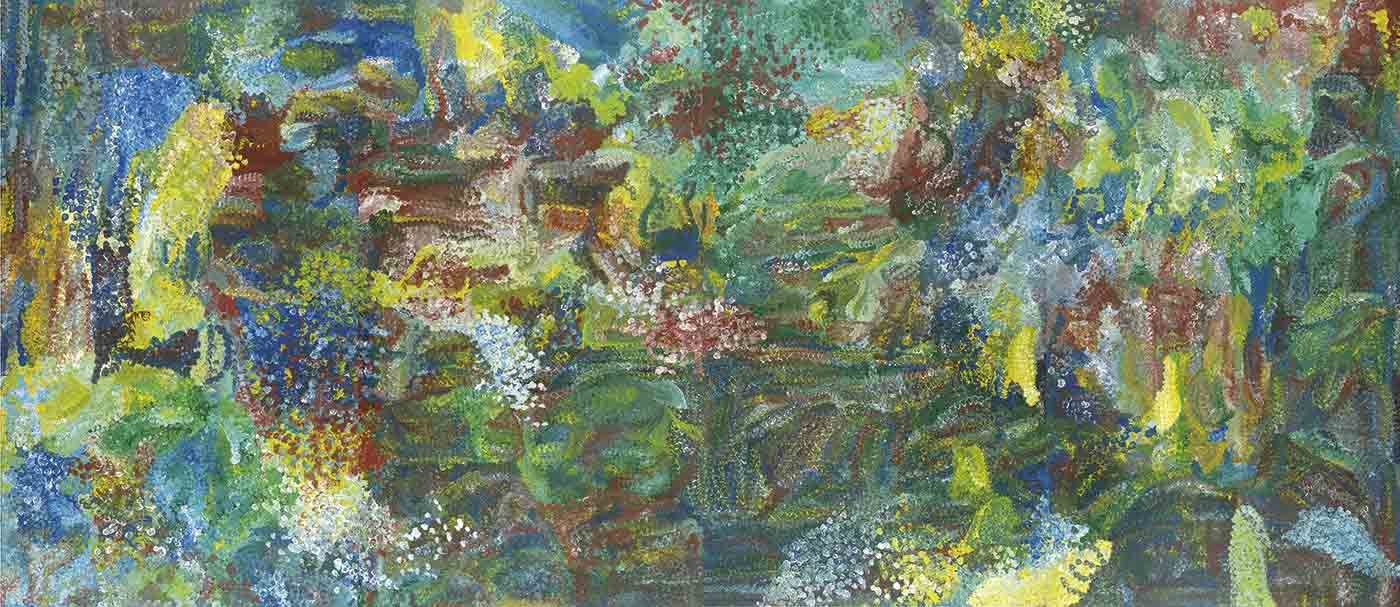Dreaming in Colour: The Art of Australia's First Peoples
Australian Aboriginal art, with its rich history spanning tens of thousands of years, stands as the world's oldest continuous artistic tradition. This ancient art form evolved from traditional oral storytelling and visual communication, serving as a vital link to cultural identity and spiritual beliefs. The contemporary Aboriginal art movement, which emerged in the 1970s, has since transformed Australian culture and gained international recognition, showcasing the extraordinary talent of Indigenous artists in composition, colour, and visual storytelling.
Ancient Aboriginal Art Origins
Rock art and engravings dating back at least 20,000 years provide evidence of Aboriginal culture, with some archaeological sites suggesting human presence in Australia as far back as 65,000 years ago. Traditional art forms included intricate sand and body paintings in desert regions, as well as stunning bark paintings and rock art in the North.
These diverse artistic expressions all served a common purpose: to communicate ancestral ties and a deep connection to the land. The Dreamtime, also known as Jukurrpa or Songlines, formed the spiritual foundation for Aboriginal art, narrating stories of supernatural beings who shaped the landscape and established social and religious customs.
Contemporary Movement and Styles
The contemporary Aboriginal art movement gained momentum in the early 1970s, sparked by a pivotal event in the remote community of Papunya. School teacher Geoffrey Bardon encouraged Aboriginal elders to paint their traditional stories using modern materials like acrylic paints on canvas, leading to the creation of the influential Papunya Tula art movement. This initiative spread rapidly across Australia, with various communities developing distinctive styles and techniques:
Dot painting: Originating from the Central Desert region, this technique involves creating intricate patterns using dots of paint to represent Dreamtime stories.
Bark painting: Utilises natural ochres on eucalyptus bark, predominantly in Arnhem Land.
Rock engravings: Found throughout Australia, these ancient artworks continue to inspire contemporary artists.
X-ray style: Dating back to 2000-1000 BCE, this technique creates conceptualised transparent images, often featuring the female form.
The establishment of community-owned art centres provided economic opportunities for remote Indigenous Australians while preserving and promoting their cultural heritage.
Notable Aboriginal Artists
Several Aboriginal artists have gained international recognition for their contributions to the art world. Albert Namatjira, one of the first to achieve fame, created Western-style watercolour landscapes depicting the Australian outback with a unique perspective. Emily Kngwarreye, from the Utopia community, became prominent in the late 20th century with her abstract paintings inspired by the natural environment and cultural traditions. Clifford Possum Tjapaltjarri played a pivotal role in the Papunya Tula movement, using his art to convey complex stories of land and law. Other notable artists include:
Rover Thomas, known for his minimalist style and depictions of the Kimberley region
Judy Watson, whose work explores themes of identity and history
David Malangi, whose design was featured on the Australian one dollar note in 1966, marking the first case of Aboriginal copyright in Australian law
Michael Nelson Jagamarra, who created the mosaic design for the forecourt of the new Parliament House in Canberra, opened in 1988
Future of Aboriginal Art
The future of Aboriginal art lies in its ability to bridge ancient traditions with contemporary expression, serving as a powerful medium for cultural dialogue and reconciliation. As it continues to gain recognition on the global stage, Aboriginal art challenges perceptions and fosters a deeper understanding of Indigenous culture and history.
The work of emerging artists ensures that this ancient tradition remains vibrant and relevant, offering new insights and perspectives to audiences worldwide. Initiatives like the Indigenous Art Code and the establishment of ethical art centres are helping to protect artists' rights and promote sustainable practices in the industry. These developments, coupled with increasing international interest, suggest a promising future for Aboriginal art as it continues to evolve and inspire new generations of artists and collectors.





